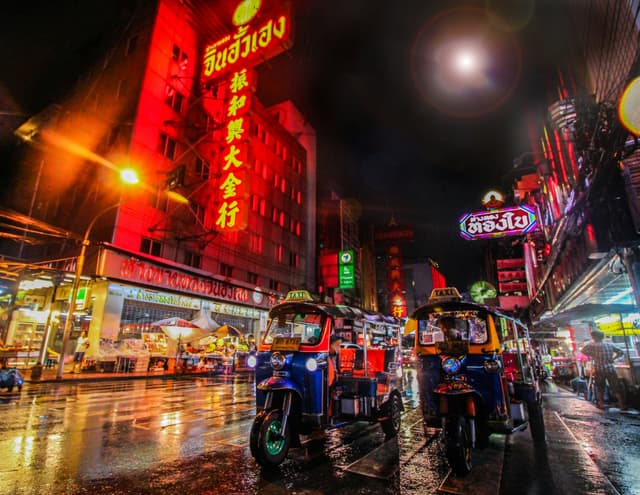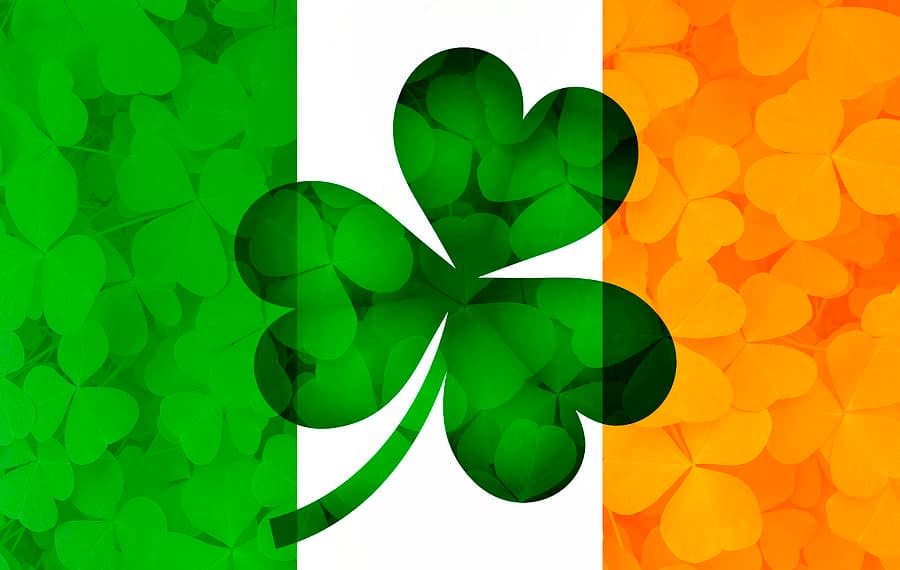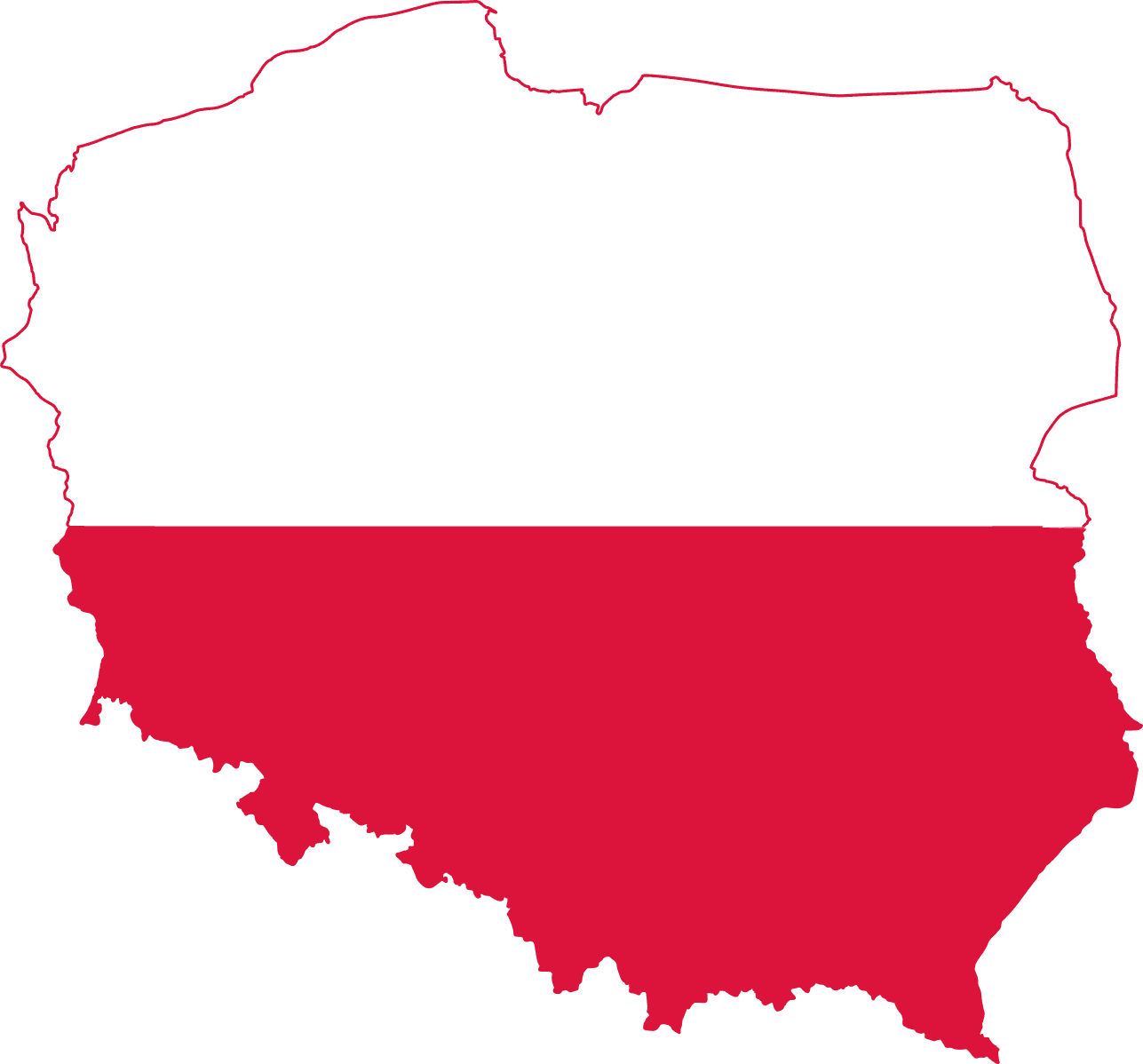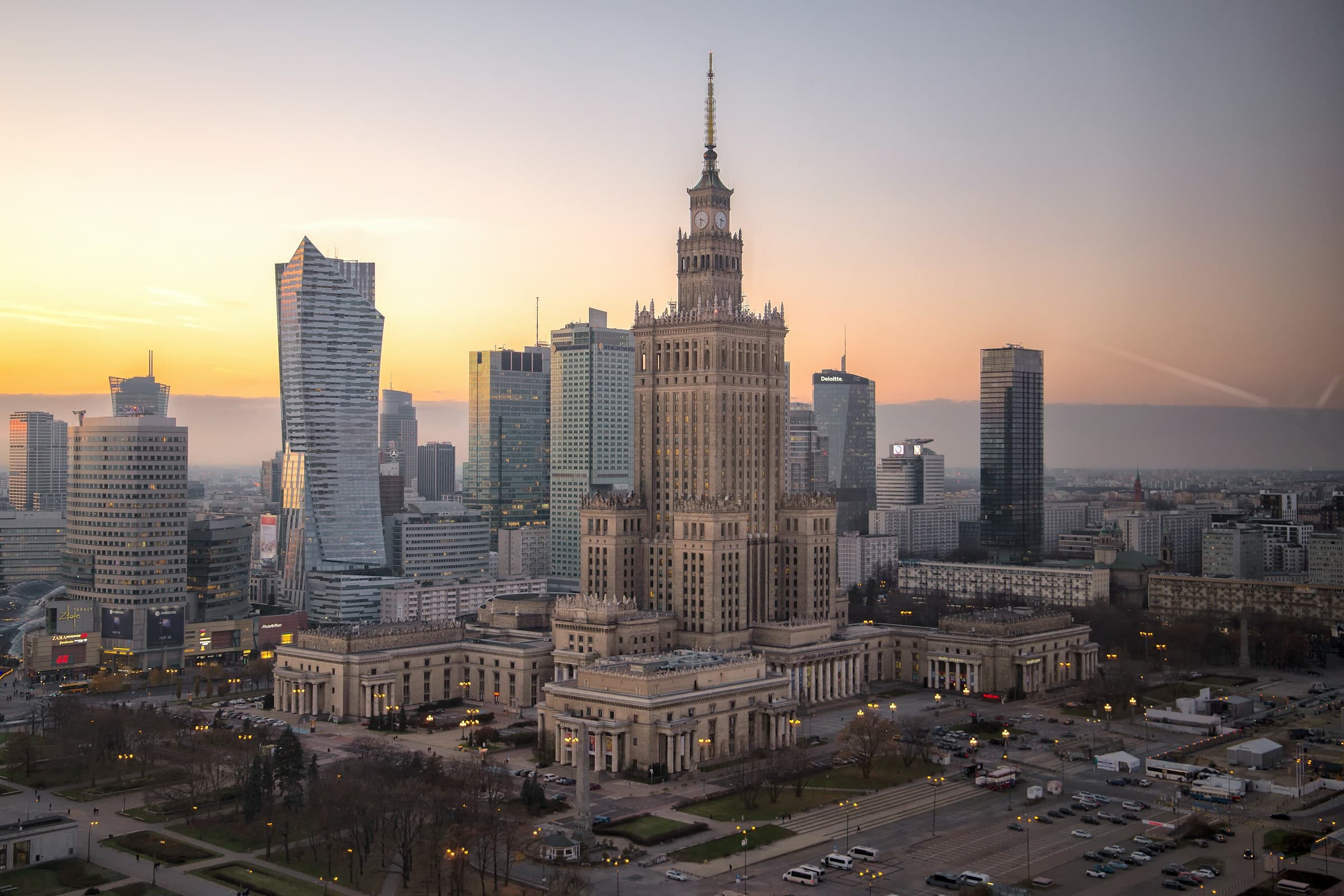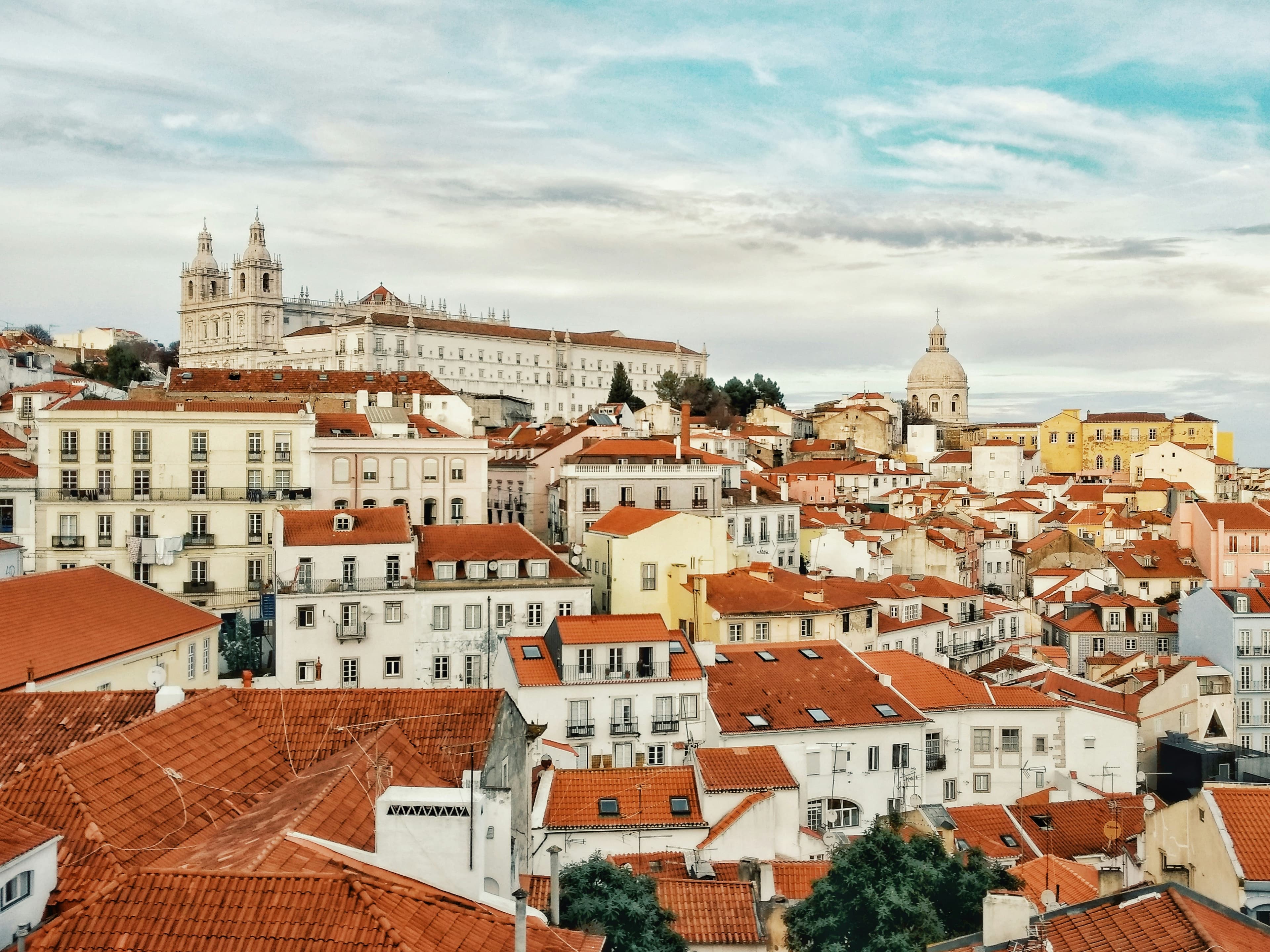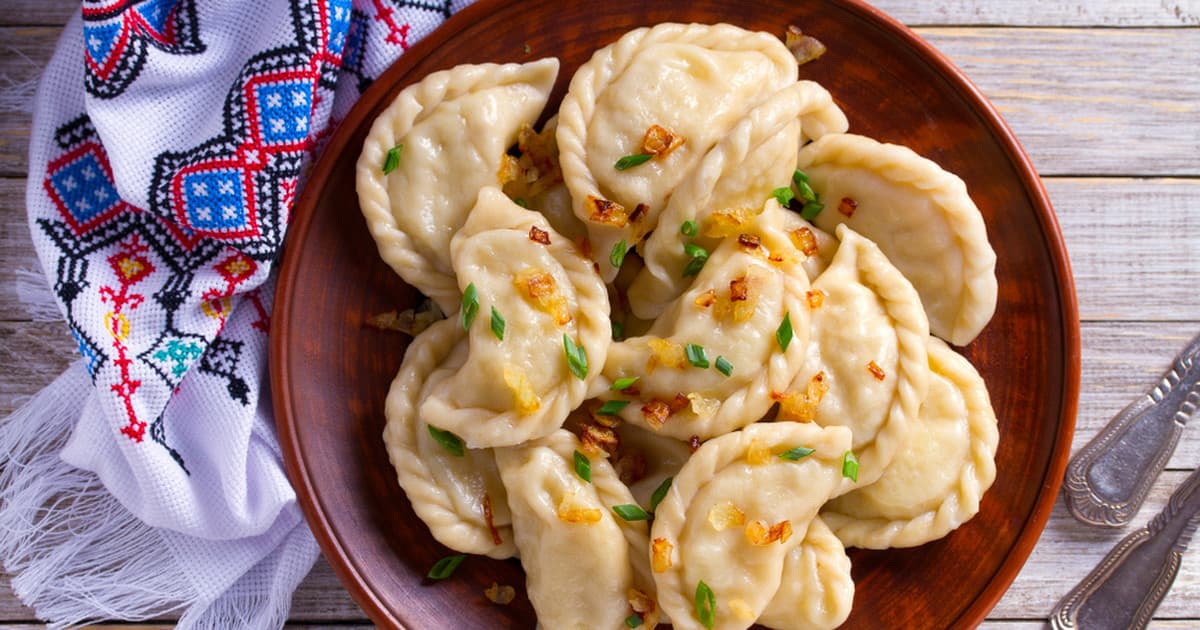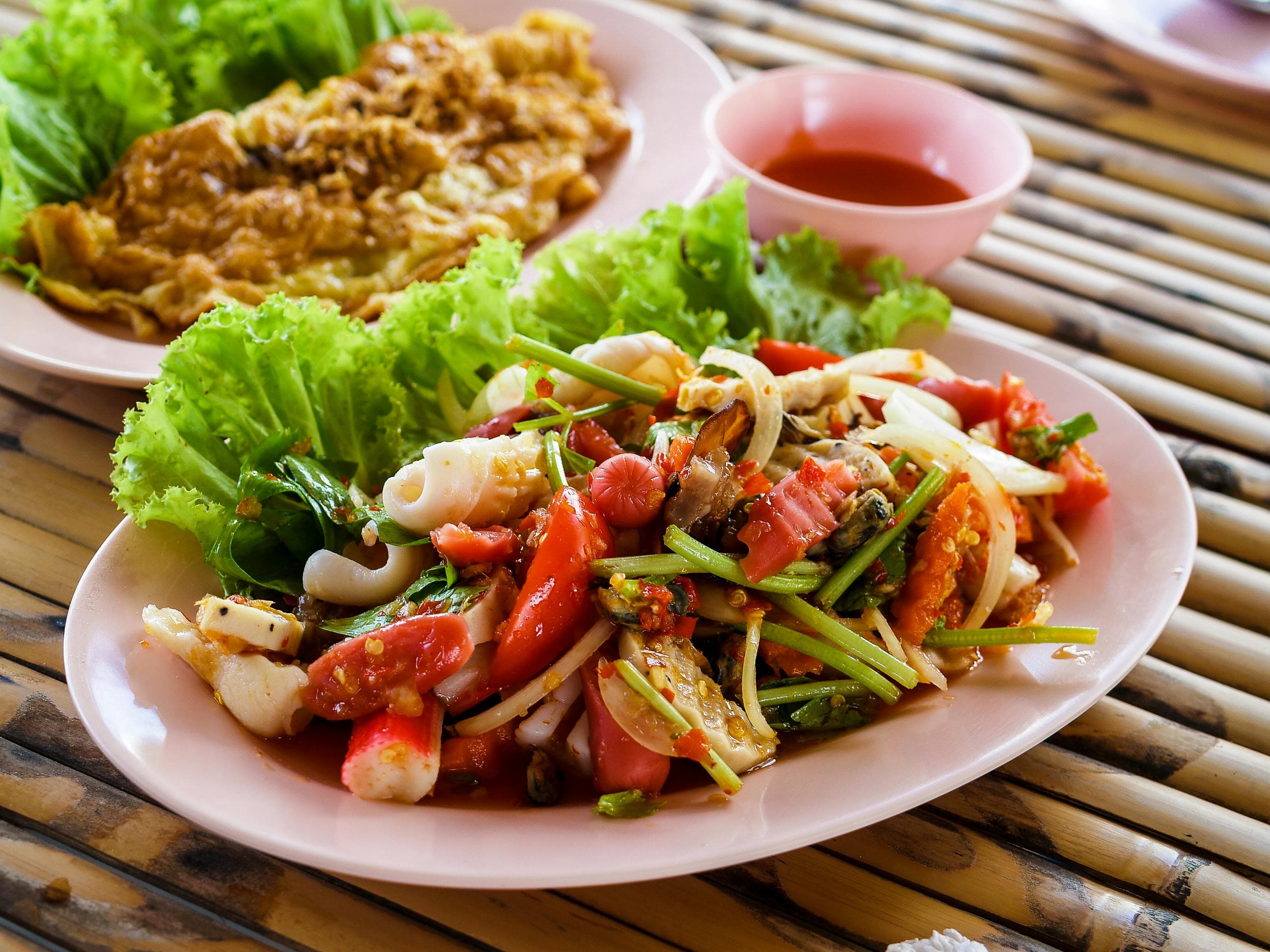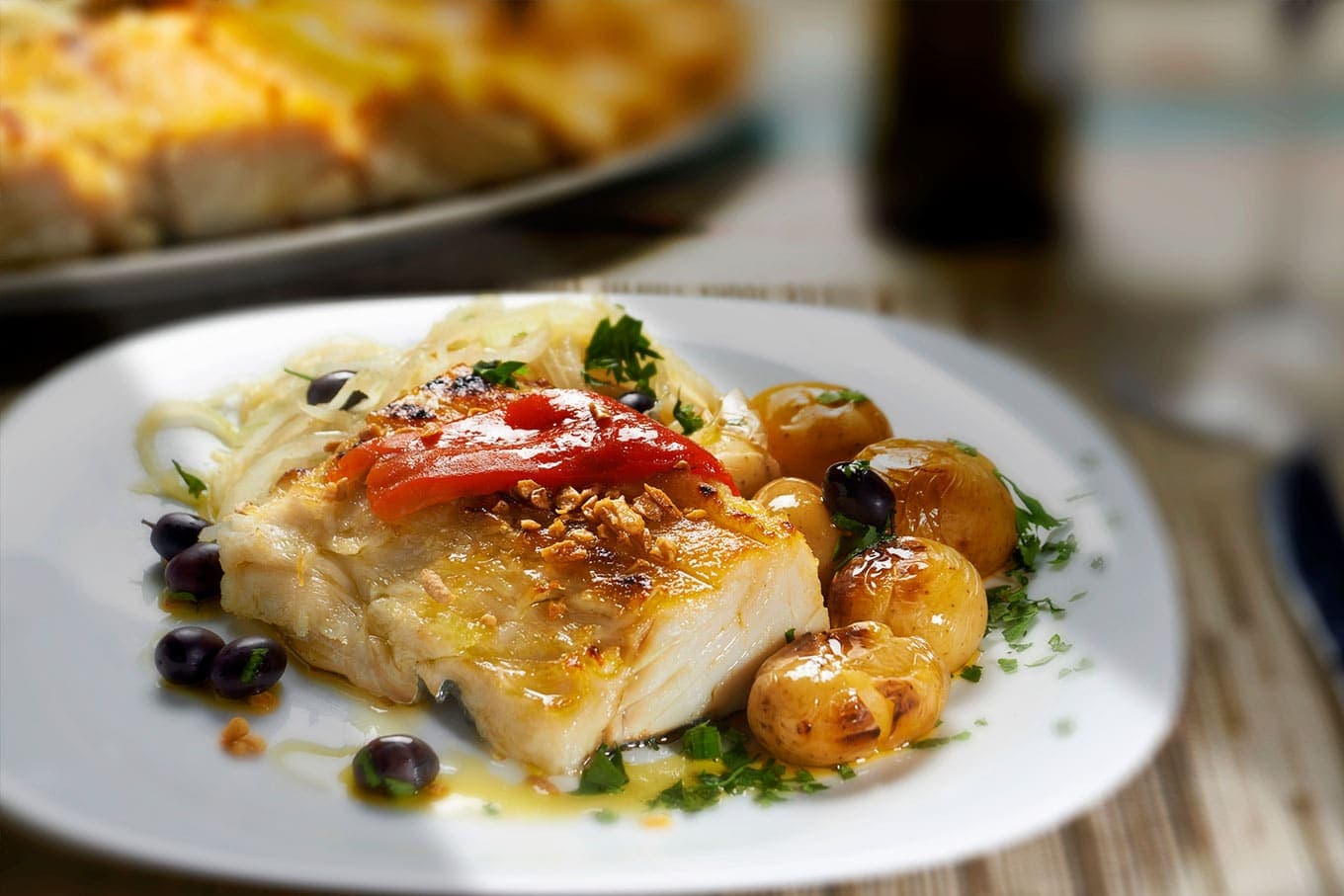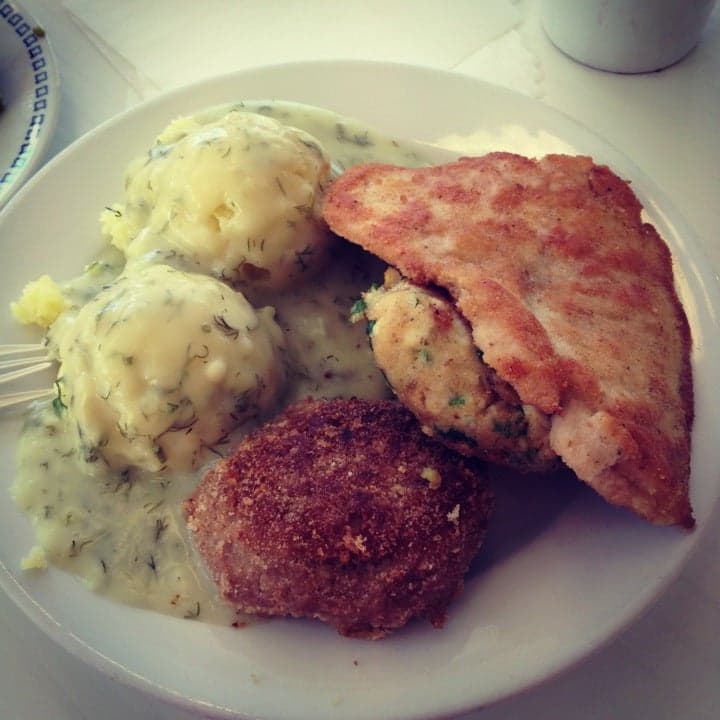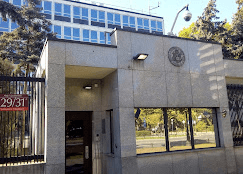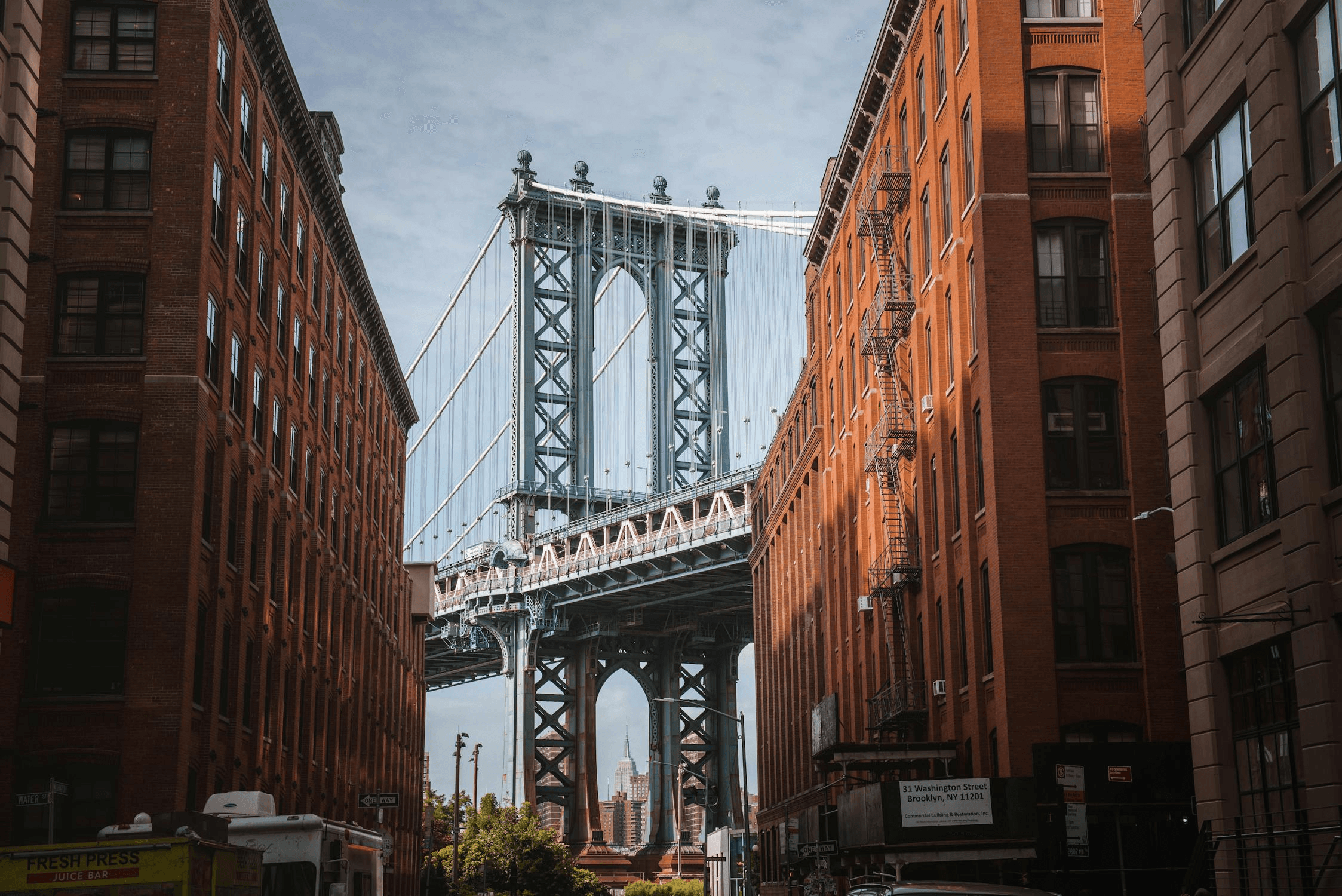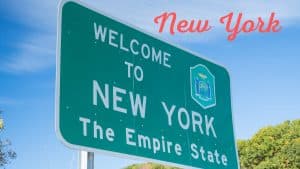Bydgoszcz vs. Bangkok, Thailand
Bydgoszcz
Bydgoszcz is a city in northern Poland, the largest in the Kuyavian-Pomeranian Voivodeship, and one of the country’s key historical, cultural, and economic centers. With a population of around 325,000 and a metropolitan area of approximately 600,000, it is Poland’s ninth-largest city. Located at the meeting point of the Brda and Vistula rivers, it has long been an important trade and transport hub, shaped by centuries of history and natural beauty. Though it is often overlooked by international travelers in favor of Poland’s larger cities, Bydgoszcz is an undiscovered gem with a vibrant cultural scene, beautiful waterfronts, and a dynamic urban atmosphere. A City of Water and Green Spaces One of the defining features of Bydgoszcz is its relationship with water. The city is sometimes referred to as the "Venice of Poland" due to its picturesque riverbanks, islands, and canals. The Brda River runs through the heart of the city, creating scenic waterfront areas and making Bydgoszcz a m...
Bangkok, Thailand
Bangkok is the capital of Thailand and its biggest city. It sits along the Chao Phraya River in central Thailand, spreading out over a large area with nearly 9 million people living in the city itself and over 17 million in the surrounding region. It’s a place that mixes old traditions with modern life. On one side, you’ve got ancient temples like Wat Pho and Wat Arun, and on the other, you’ve got massive shopping malls and skyscrapers. The city has been around for a long time, starting as a small trading post in the 15th century. It became the capital in 1782 when King Rama I moved it to the eastern bank of the river. Over the years, Bangkok has seen a lot—colonial pressures, modernization, political protests, and economic growth. It really took off in the 1980s and 1990s when foreign companies started setting up shop there. Bangkok is known for being busy and full of life. The streets are packed with cars, motorbikes, and tuk-tuks, which often leads to heavy traffic. Despite effort...
Reviews
Reviewed on 2/27/2025
Reviews
Reviewed on 2/23/2025
It took me a good few trips to adapt but not I absolutely love this city.
| Item | Votes | Upvote |
|---|---|---|
| Small and manageable | 1 | |
| Lots of water and clean rivers | 1 |
| Item | Votes | Upvote |
|---|---|---|
| No cons yet, would you like to add one? | ||
| Item | Votes | Upvote |
|---|---|---|
| Delicious street food everywhere | 1 | |
| Very affordable | 1 | |
| World's biggest bazaar | 1 |
| Item | Votes | Upvote |
|---|---|---|
| Not walkable | 1 |
Frequently Asked Questions
Yes, Bydgoszcz is often considered a better destination for nature lovers due to its abundance of green spaces and waterways. The city is surrounded by forests and features parks like Myślęcinek Park, which is the largest urban park in Poland. In contrast, while Bangkok has some parks, it is primarily known for its urban environment and busy streets, making it less appealing for those seeking natural landscapes.
Bangkok offers a more vibrant cultural scene compared to Bydgoszcz. It is known for its rich traditions, festivals, and a lively nightlife that includes a variety of bars and entertainment options. Bydgoszcz has a strong cultural presence, particularly in music and arts, but it does not match the sheer scale and diversity of cultural experiences available in Bangkok.
Yes, Bangkok is renowned for its food scene, particularly its street food, which is diverse, delicious, and affordable. The city is often considered a food paradise with a wide range of options from local street vendors to high-end restaurants. Bydgoszcz has a growing culinary scene, but it does not offer the same level of variety and international recognition as Bangkok.
Bydgoszcz is more suitable for outdoor sports, particularly water sports like rowing, due to its extensive waterways and green spaces. The city is known as the 'rowing capital of Poland' and offers numerous outdoor recreational activities. Bangkok, while it has some outdoor options, is more urbanized and less focused on outdoor sports.
Bydgoszcz is generally more affordable than Bangkok, especially in terms of accommodation and dining. While Bangkok offers a range of budget options, the overall cost of living and travel expenses can be higher due to its popularity as a tourist destination. Bydgoszcz, being less touristy, tends to have lower prices for visitors.
Bydgoszcz has several pros, including being small and manageable, which makes it easy to explore. Additionally, the city boasts lots of water and clean rivers, providing beautiful waterfronts and opportunities for water sports. Currently, there are no cons listed by users.
Bydgoszcz is known for its picturesque waterways, earning it the nickname 'Venice of Poland.' The city features a vibrant cultural scene, rich architectural heritage, and is recognized as the 'rowing capital of Poland' due to its strong tradition in water sports. It also has a growing culinary scene and lively nightlife.
In Bydgoszcz, visitors can enjoy a variety of outdoor activities, including rowing on the Brda River, cycling along well-maintained bike paths, and exploring the extensive green spaces like Myślęcinek Park. The city also hosts international competitions in various sports, making it a hub for athletic events.
Bydgoszcz has a thriving cultural scene, particularly known for its connection to music. The city is home to the Feliks Nowowiejski Academy of Music and the Pomeranian Philharmonic, which hosts numerous music festivals. Additionally, Bydgoszcz has a strong jazz scene and a rich history of film culture.
Bydgoszcz has a complex history, originally granted city rights in 1346. It has served as an important military and trade center under various rules, including Prussian and Polish. The city experienced significant industrial growth in the 19th and 20th centuries and has a rich architectural heritage reflecting its historical significance.
Visitors to Bydgoszcz can try local specialties such as pierogi (Polish dumplings), żurek (sour rye soup), and freshwater fish from nearby lakes and rivers. The culinary scene features a mix of traditional Polish eateries and modern bistros, many of which are located along the scenic Brda River.
Pros of Bangkok, Thailand include delicious street food available everywhere, affordability, and being home to the world's biggest bazaar. However, a notable con is that the city is not very walkable, which can make getting around challenging.
Bangkok, Thailand is known for its vibrant culture, bustling street life, and a mix of ancient traditions and modernity. The city features famous landmarks such as the Grand Palace, Wat Pho, and Wat Arun, as well as a lively street food scene and extensive shopping options, including the world's biggest bazaar.
Bangkok has a rich history that dates back to the 15th century when it started as a small trading post. It became the capital of Thailand in 1782 when King Rama I moved it to the eastern bank of the Chao Phraya River. Over the years, Bangkok has experienced significant changes, including colonial pressures, modernization, and economic growth, particularly during the 1980s and 1990s.
Transportation in Bangkok can be challenging due to heavy traffic, with streets often packed with cars, motorbikes, and tuk-tuks. While there have been improvements in public transportation, including skytrains and subways, traffic jams remain a common issue. The city is not very walkable, which can make navigating it more difficult.
Popular attractions in Bangkok, Thailand include the Grand Palace, Wat Pho, and Wat Arun. Tourists also flock to markets like Chatuchak and various floating markets, as well as Khao San Road, which is known for its budget hostels, bars, and street vendors.
The nightlife in Bangkok, Thailand is vibrant and diverse, offering everything from lively bars to well-known red-light districts. The city comes alive at night, providing a range of entertainment options for both locals and tourists.

